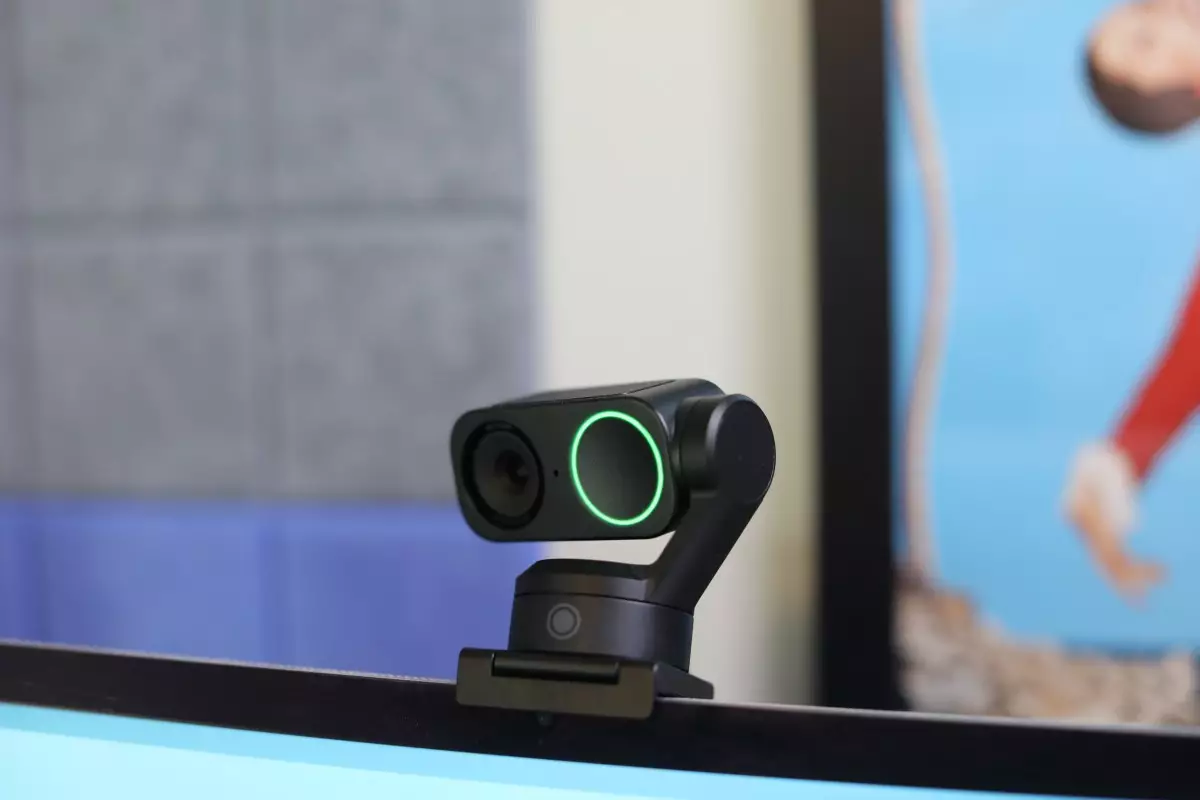In the fast-paced world of consumer technology, webcams have become essential tools for communication, especially highlighted by the recent surge in remote work and virtual meetings. With the introduction of the original Insta360 Link, expectations were set high. Its advanced features and unique design garnered significant attention, though its hefty price tag left many potential users hesitating. Fast forward two years, and Insta360 is back with two new models: the Link 2 and Link 2C. This article explores what these new additions offer, how they improve upon their predecessor, and whether they present a compelling option for today’s webcam needs.
One of the most immediate differences between the original Link and its successors is undoubtedly the price. The original webcam was priced at $299, a considerable investment for what many users might see as a glorified tool for basic video chats. The new Link 2 comes in at $200, while its more stripped-down counterpart, the 2C, is available for just $150. This significant price reduction opens the door to a broader audience, suggesting that Insta360 recognizes the price sensitivity of potential users and has strategically repositioned itself in the market. By making its technology more accessible, the company enhances its potential user base and increases the likelihood of regular adoption in everyday life.
Both new models boast impressive technical specifications, including the capacity to shoot in 4K at 30 frames per second. This upgrade places them among the best in the field when it comes to image quality. Additionally, the Link 2 and 2C support HDR (High Dynamic Range) capture, which is particularly beneficial in mixed lighting environments—a common scenario for many working from home. However, while the features are promising, the absence of a gimbal in the Link 2C affects subject tracking and the overall versatility of the camera. The camera no longer features automatic physical adjustments, making the user experience a tad less forgiving for those who move around during presentations or discussions.
Usability is a critical factor when considering a webcam. The Link 2 introduces some much-needed improvements in this regard, particularly with its more sophisticated gimbal system. This feature allows for dynamic tracking, ensuring that the user remains centered in the frame, even if they take a few steps back or adjust their position. However, the Link 2C, while more affordable, sacrifices this flexibility. Users opting for the 2C may need to take a more hands-on approach to camera positioning, manually adjusting the device to fit their needs.
Privacy is another significant consideration in the digital age, and Insta360 has recognized this in its new models. The Link 2’s earlier design gave users peace of mind by automatically orienting the lens downward when not in use, protecting privacy. The Link 2C counteracts this by installing a physical privacy switch, which can provide reassurance that the camera is not inadvertently capturing moments when it shouldn’t be. This development signals a growing awareness among tech companies regarding user concerns about privacy and security.
In assessing the Link 2 and Link 2C, it becomes clear that Insta360 has made significant strides in improving upon its initial model. While the Link 2 offers advanced functionality at a reduced price point, it may not be necessary for every user, especially those engaging in more conventional video calls where motion tracking isn’t paramount. The Link 2C, on the other hand, provides an economical alternative while still delivering high-quality visuals.
Ultimately, the decision between the two models comes down to individual needs and preferences. For users who delve into more dynamic presentations, opting for the Link 2 makes sense. However, for standard use, the Link 2C holds its own and may be the preferred choice for many. The real question lies in how these enhancements are received in a world that constantly demands better technology at lower prices. As hopeful users adapt to these innovations, Insta360 aims not only to compete but to lead the way in the next generation of webcams.

